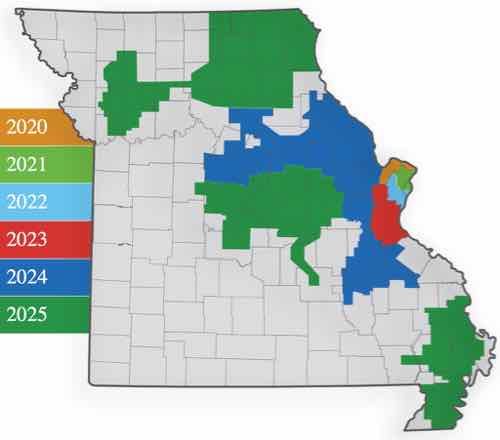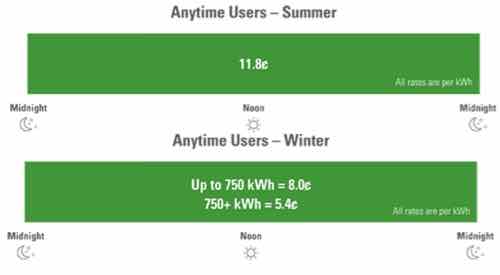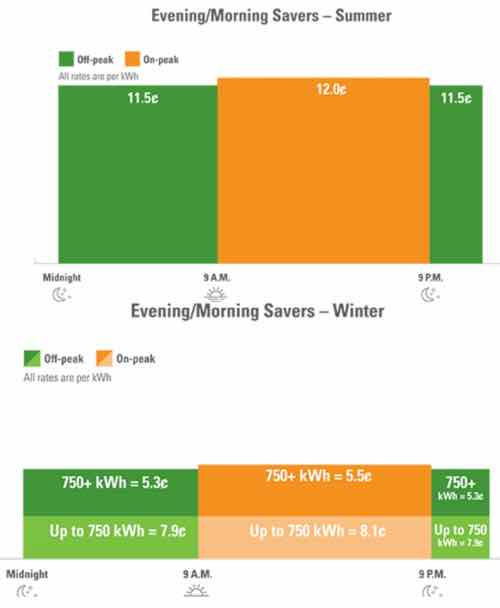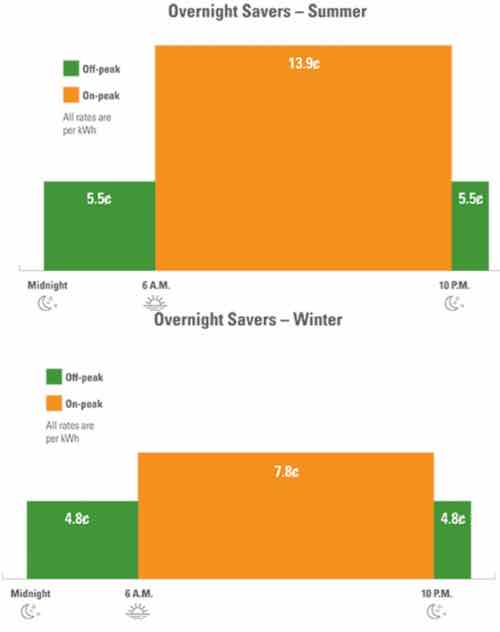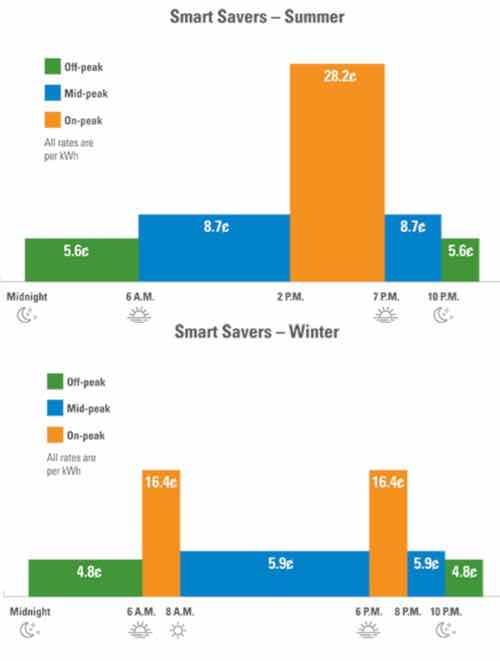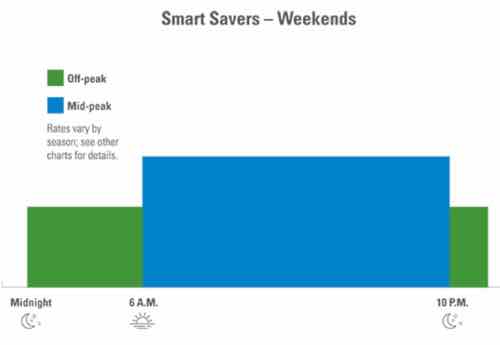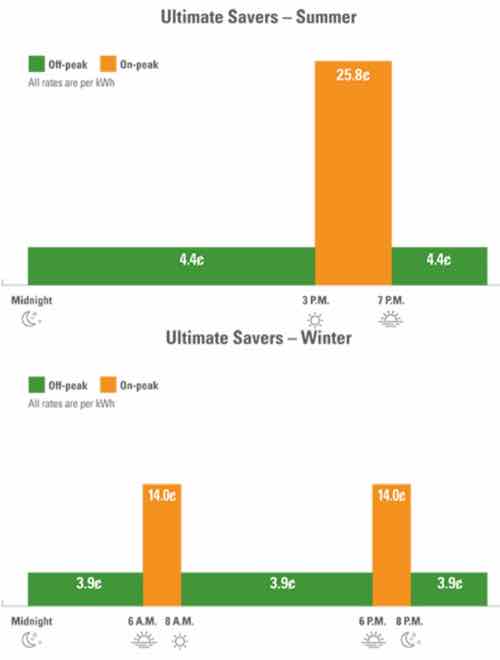Times Beach Summer Resort Fascinates Me From Beginning To End
To escape the heat & smell of city life wealthy St. Louisans in the 19th century would take a train out to various resorts along the Meramec River.
In the late 19th century, several popular summer resorts were founded southwest of St. Louis, Missouri on the Meramec River, including Meramec Highlands, Valley Park, Fenton, and Castle Park. As the Frisco Railroad trains started running on a regular basis to the Meramec Highlands and Valley Park train stations, Meramec River attractions became popular for wealthy St Louis families. Unfortunately, for the masses of St. Louisans, the cost of the train ride prohibited frequent visits for the common folk of St Louis.
The Meramec Highlands “Frisco” Railroad Station was constructed in 1891 by the Meramec Highlands Company, the developers of a summer getaway for wealthy Midwesterners. Located on the bluffs overlooking the Meramec River, two miles west of present-day Kirkwood, the station was built in the Romanesque Revival architecture. Once completed, it was deeded to St Louis and San Francisco Railroad for $1 in exchange for regularly scheduled service. (Source)
By 1896 streetcars had reached the area, allowing the masses to afford the trip to cool off in the water for the day. The area was no longer exclusive, so the wealthy went elsewhere.
This had to be in mind when the owners of the St. Louis Times newspaper decided to sell off lots on property they owned along the Meramec, but further west.
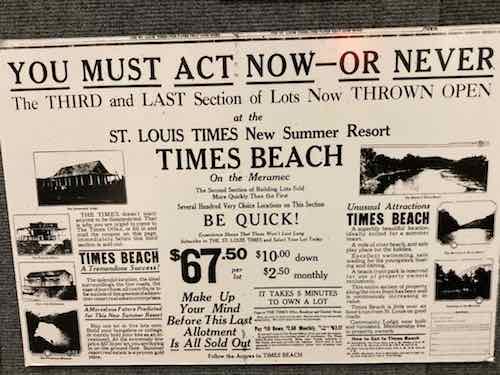
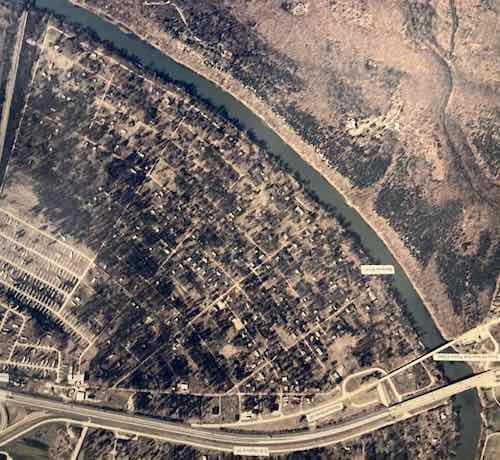
Decades earlier the wealthy could stay in impressive 2-story cottages in the Meramec Highlands area, but now simpler wood structures were built on the tiny lots. By the mid/late 1020s the wealthy were building impressive homes further from downtown, a bunch of frame shacks doesn’t sound very exclusive. I think the Times target audience wasn’t wealthy folks, but those much better off than they had been. They’ve got a car and want to drive it somewhere to get away from the heat. Newly middle class.
Along Route 66 at the eastern edge of the Meramec a roadhouse opened in 1935 that catered to elegant dining, appropriately named the Bridgehead Inn. This was after the start of the Great Depression, so perhaps the truly wealthy were among the first to have summer places here.
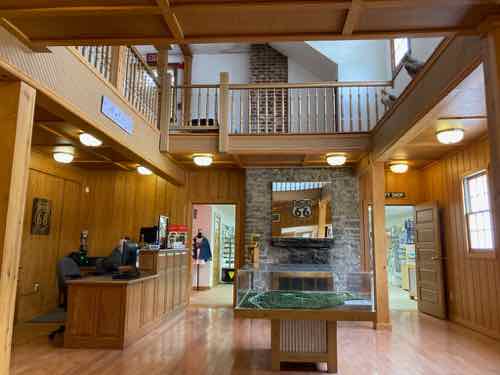
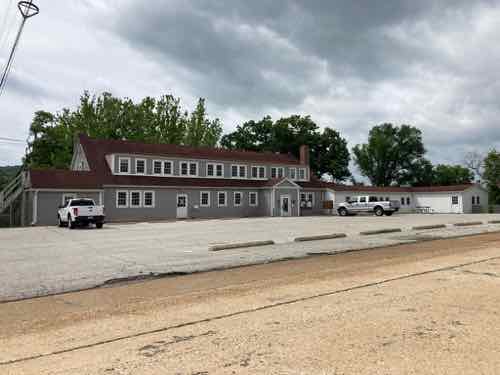
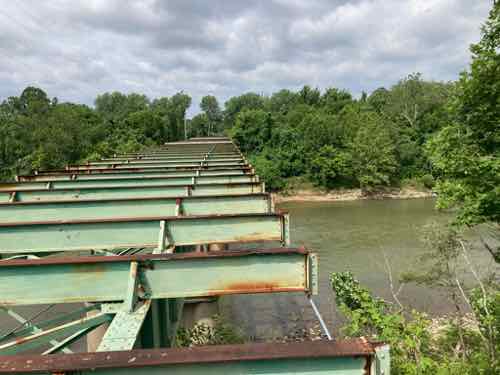
For decades Times Beach was home to poor whites, in a flood zone. Municipal tax revenue was limited. Roads went unpaved, which created a lot of dust. The solution to the dust is why no structure from Times Beach survives today. A man was hired to spray used oil on the ground to control dust, but that oil had been mixed with toxic dioxin. In 1983 the EPA shut the town down, becoming a large superfund cleanup site. In 1997 it reopened as Missouri’s Route 66 State Park.
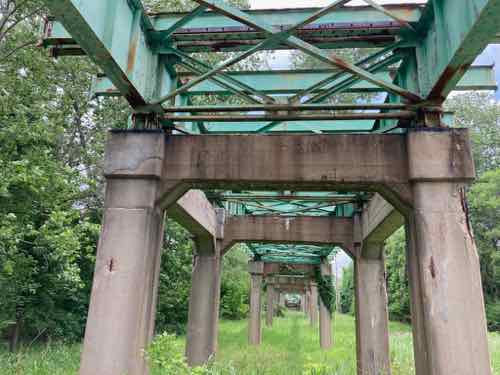
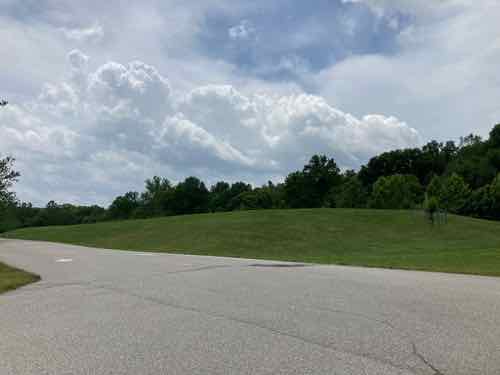
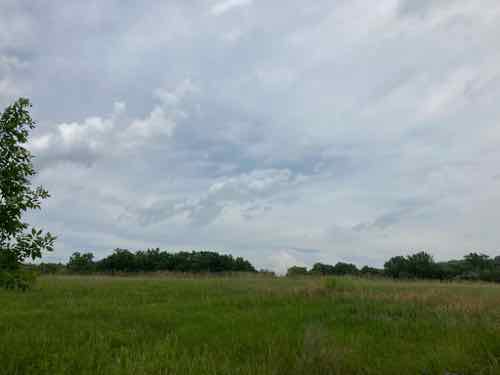
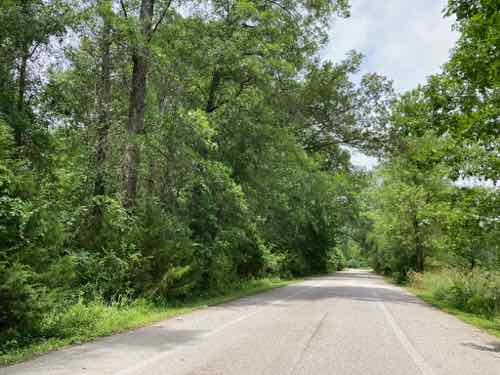
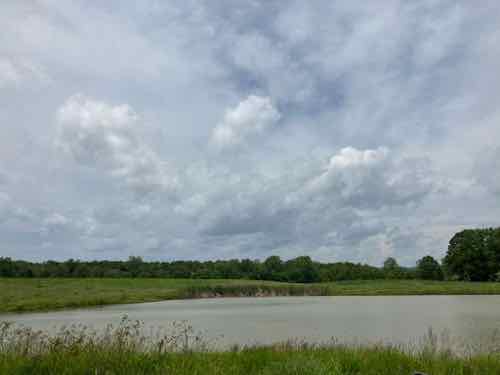
So much went wrong with Times Beach, from the initial planning to the later tragic poisoning of the entire town. It was already closed by the first time I drove to St. Louis along I-44 in August 1990. I’d love to go back in time to see it in the first 5-10 years.
Further Reading:
I’m glad we made the trip out there recently to see the visitors center, route 66 bridge (remains), and park.
— Steve Patterson
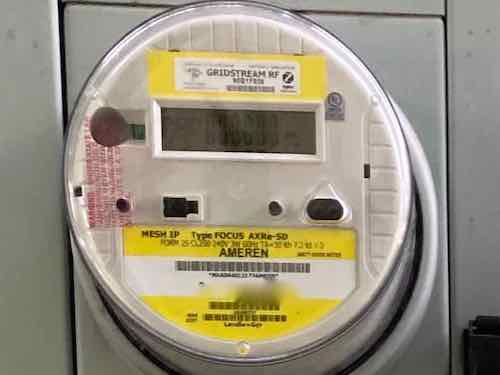
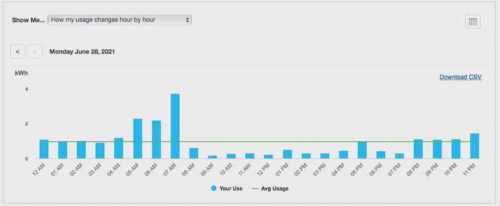
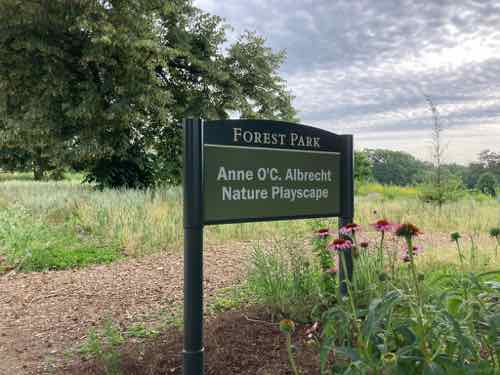
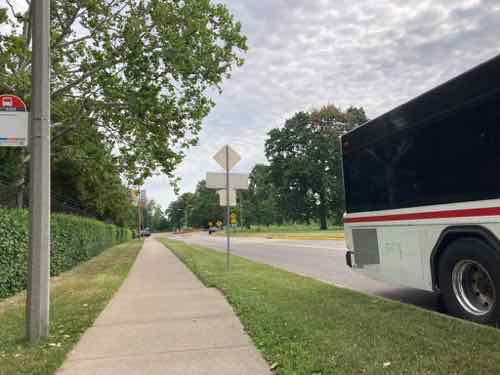
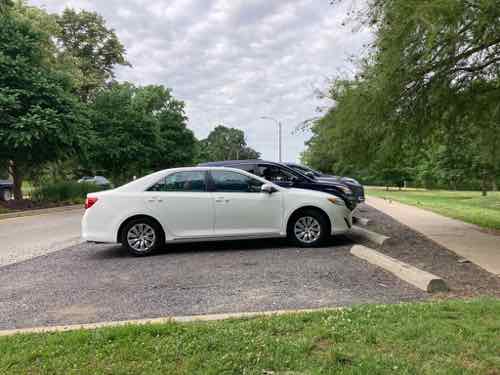
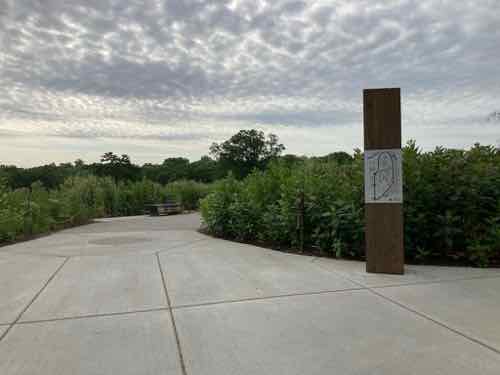
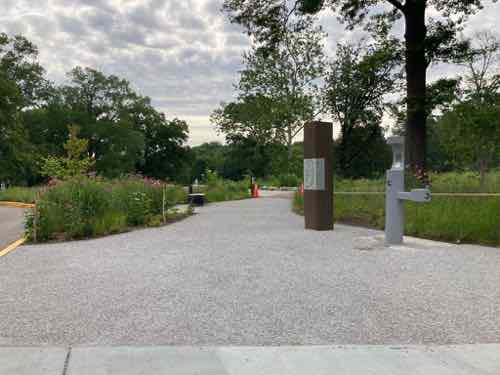
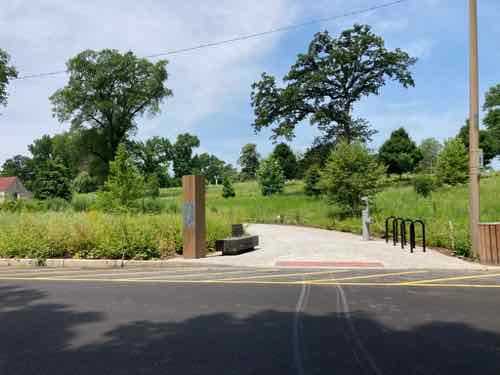
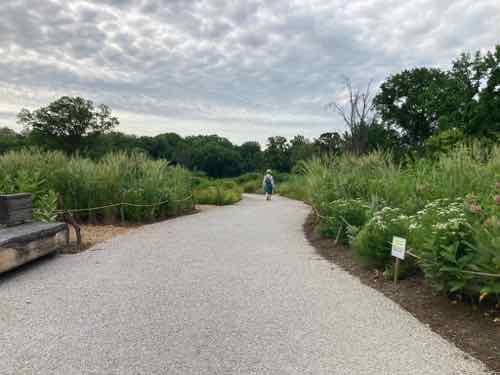
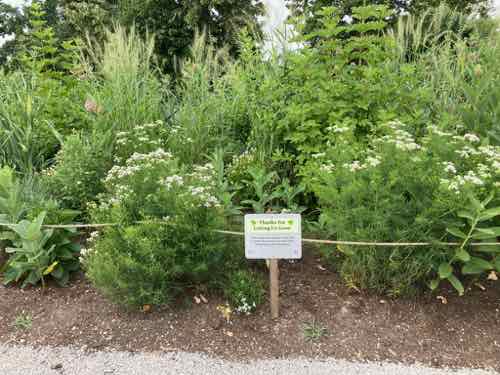
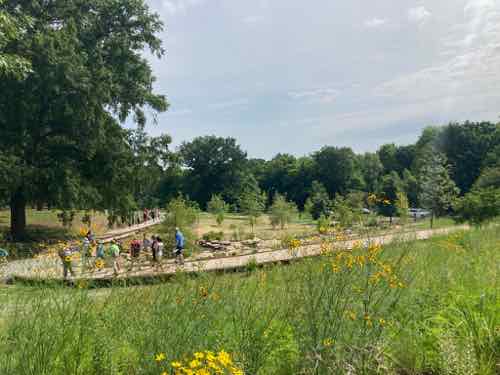
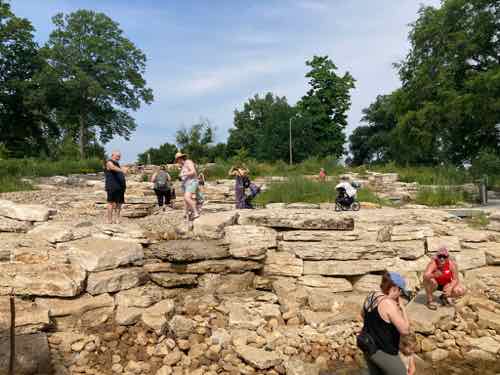
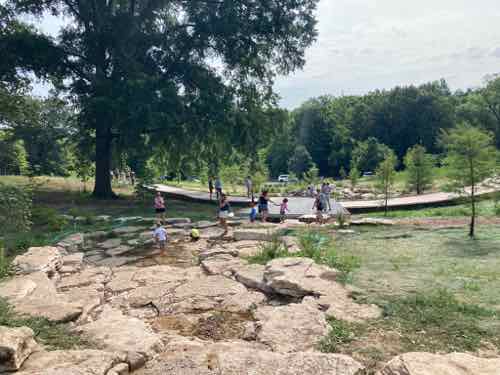
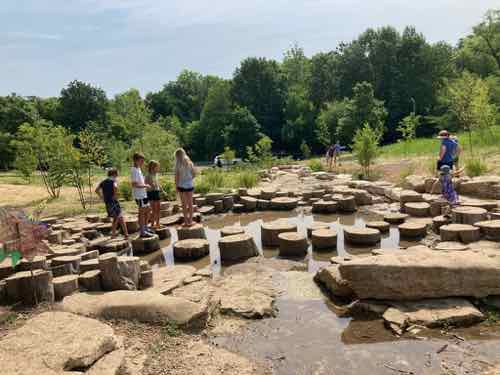
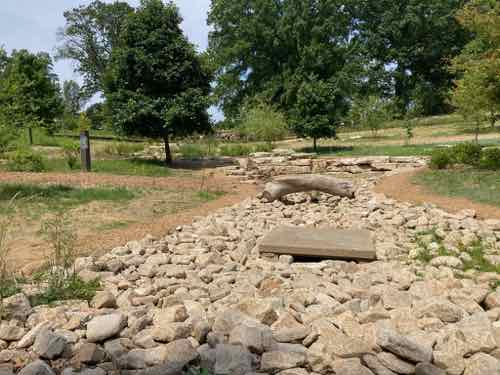
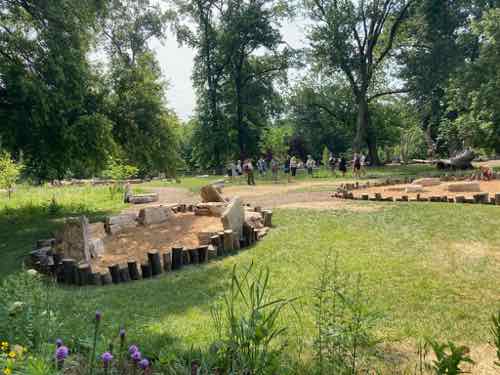
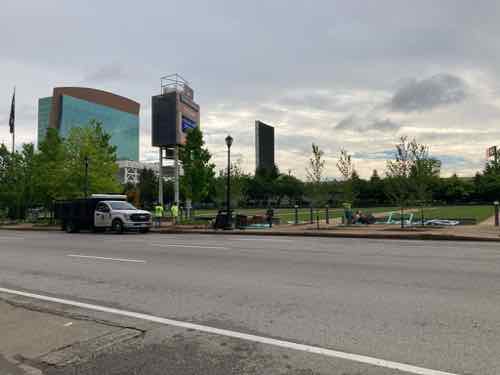
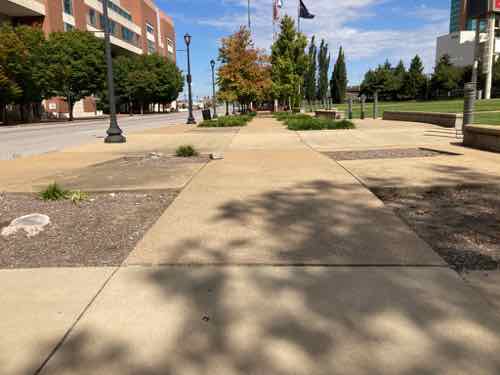
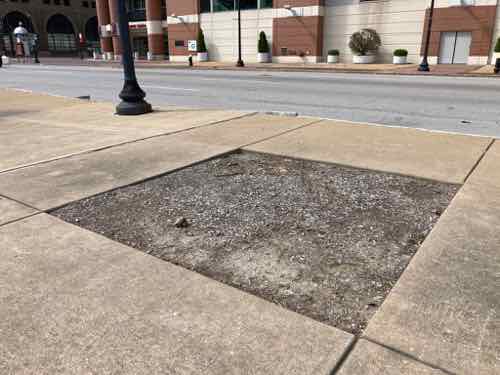
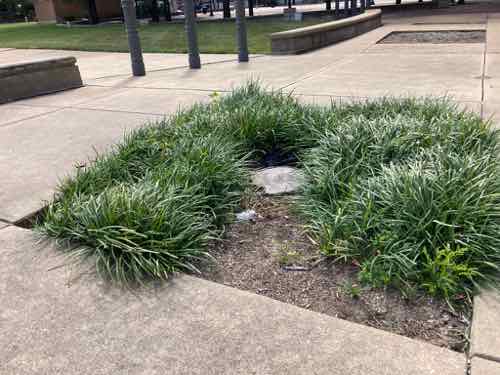
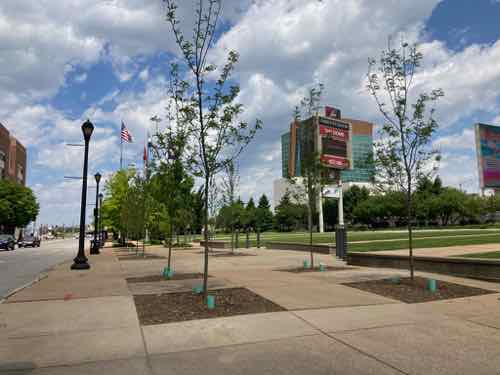
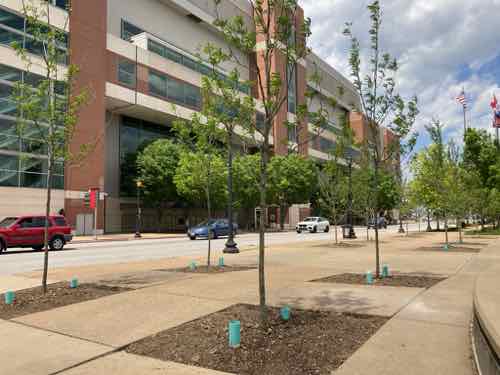
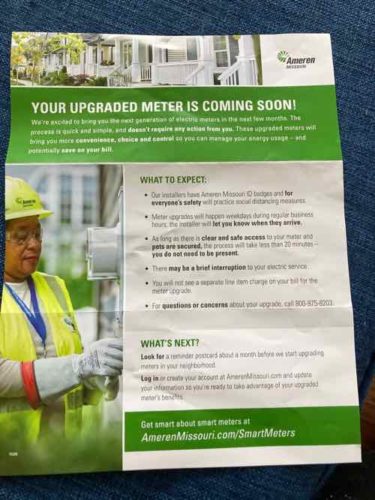 Recently we received a flyer from electric utility Ameren Missouri notifying us that our meter will be changed to a smart meter within the coming months.
Recently we received a flyer from electric utility Ameren Missouri notifying us that our meter will be changed to a smart meter within the coming months.